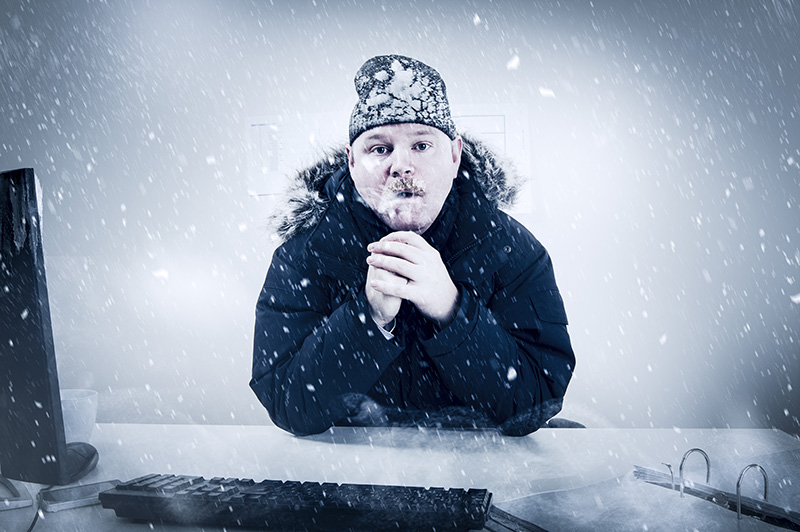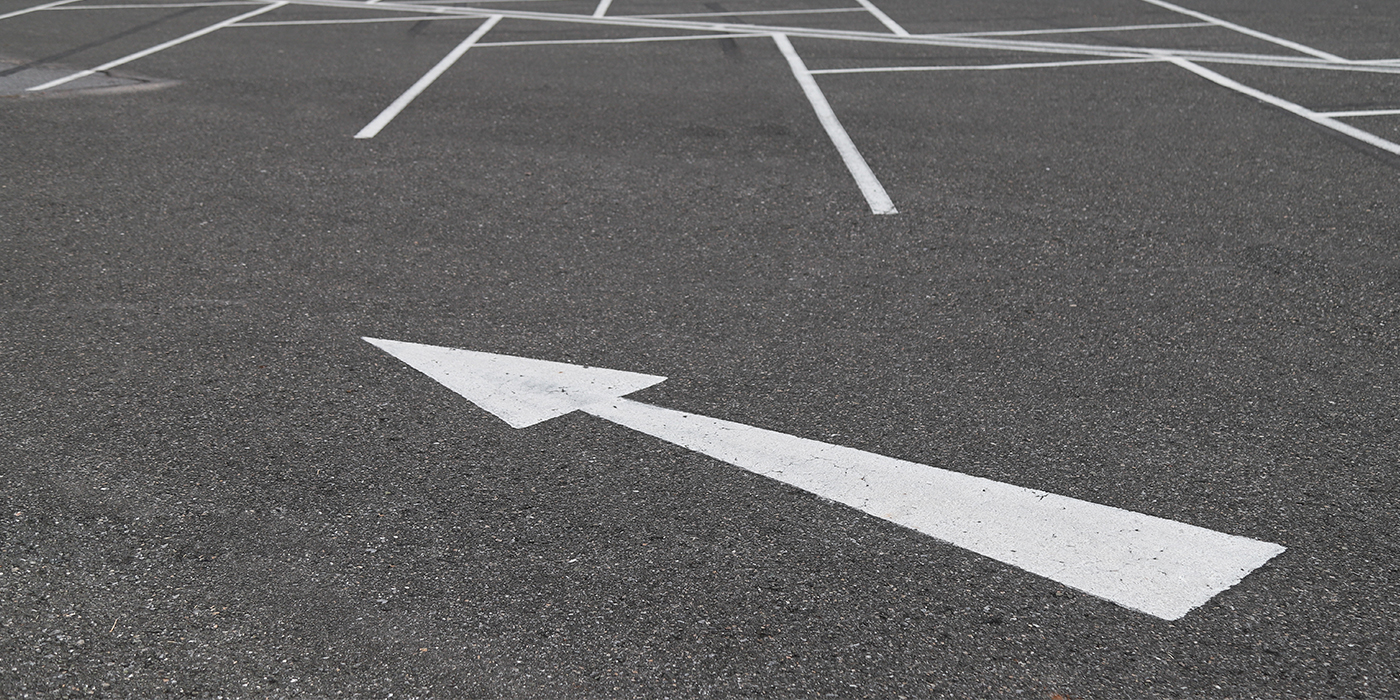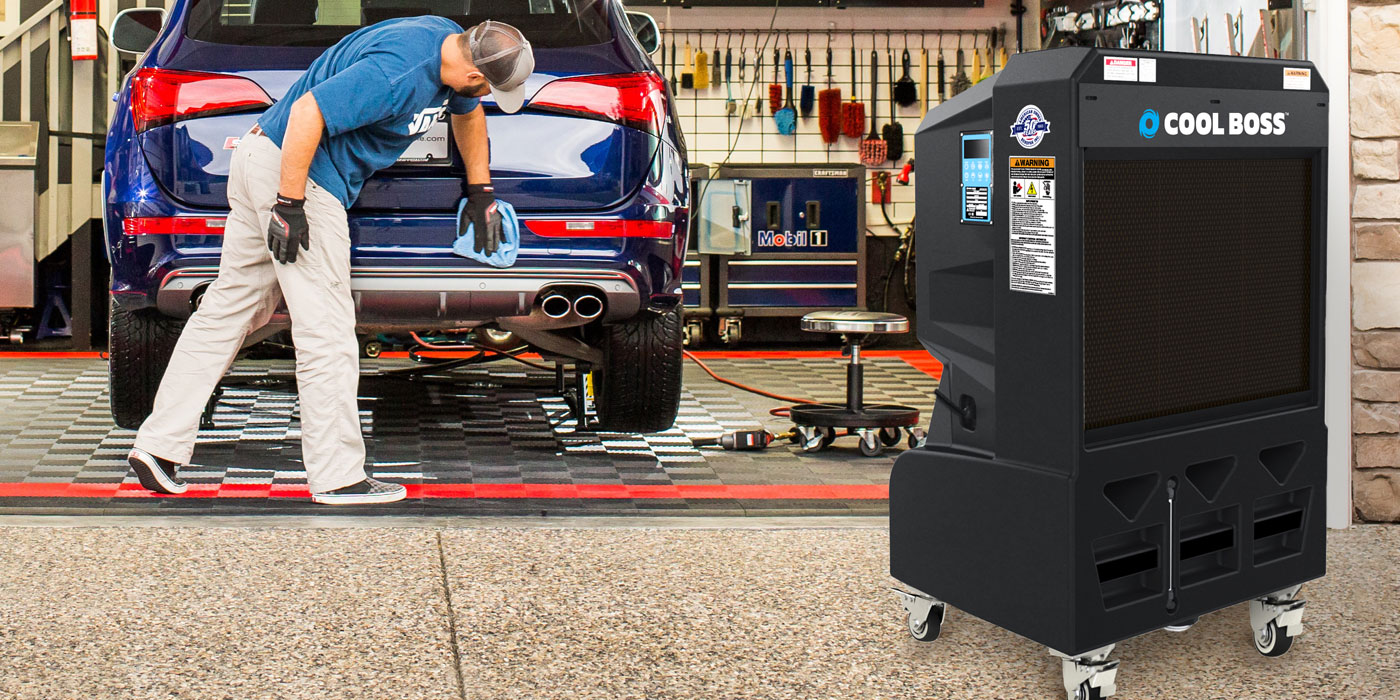In areas where cold weather is a regular occurrence, battling icy temperatures during the dark months of winter is a struggle many operators know all too well. Though short daylight hours and freezing temperatures may make many people want to stay home, it is important for carwash owners to venture out and keep their sites open. Operators, managers and employees work daily to keep car care businesses safe and functional as customers frequently depend on automated washes to remove the corrosive and damaging chemicals used to treat icy roads.
But, keeping a carwash open in below-freezing temperatures is no easy feat. There are numerous winter-weather issues that operators must address — from keeping tunnels and bays warm to preventing problems with freezing water inside and outside the wash area. The list of “must dos” includes everything from ensuring site safety through the use of deicers to making sure weather doors are functional. Collected here are important tips for winterizing and securing a busy car care business in the coldest winter months.
Cold weather prep
Before cold weather arrives, there are steps every carwash owner should complete to ensure his or her carwash and employees are prepared for winter operation. William Stokes, senior sales representative with Ultimate Supplies, states that all wash systems — including tunnel or bay heating equipment — should be tested for operation before the winter season even begins. Any repairs or replacement parts can then be quickly completed or acquired before the coldest days begin.
“Never wait until the first cold days to plan for your heating system and maintain your equipment,” Stokes cautions. “Always have your maintenance up-to-date, and plan for the cold before it arrives.”
Employee preparation is another area of concern for carwashes during winter weather. The U.S. Occupational Safety and Health Administration (OSHA) does not have a specific standard that covers working in cold environments. That said, the agency notes that all employers have a responsibility to provide workers an environment which is free from recognized hazards, including winter-weather-related hazards, which are likely to cause death or serious physical harm. This is covered in Section 5(a)(1) of the Occupational Safety and Health Act of 1970.1
Related: OSHA: Regulations, enforcement and citations
Thus, outdoor work will require proper preparation, especially in severe winter weather. Because of this, OSHA states that operators should thoroughly train employees on the hazards of the job and safety measures to use. This includes items such as engineering controls and safe work practices that will protect workers’ overall safety and health.
Dressing for winter work
Though this sounds like common sense, OSHA does have a list of instructions for proper cold-weather dress. It is extremely important for employees to dress properly for low temperatures to help prevent cold stress. When cold environments or temperatures cannot be avoided, the following recommendations can protect workers:
- Layering provides better insulation. Employees should wear at least three layers of loose-fitting clothing:
- An inner layer of wool, silk or synthetic (polypropylene) to keep moisture away from the body (thermal wear, wool, silk or polypropylene are inner layers of clothing that will hold more body heat than cotton)
- A middle layer of wool or synthetic to provide insulation, even when wet
- An outer wind and rain protection layer that allows some ventilation to prevent overheating.
- Tight clothing reduces blood circulation. Warm blood needs to be circulated to the extremities.
- Wear an insulated coat or jacket, water resistant if necessary.
- Wear a knit mask to cover the face and mouth, if needed.
- Wear a hat that will cover the ears as well. A hat will help keep the whole body warmer, since hats reduce the amount of body heat that escapes from the head.
- Wear insulated gloves, water resistant if necessary.
- Wear insulated and waterproof boots to protect the feet.
Protecting the wash
Just like employees, the equipment inside the bays and tunnels needs protection from bitter, cold temperatures. Extreme winter can even prevent a carwash from opening if the bay is unheated or unprotected from freezing temperatures. This can cause frozen waterlines and ice buildup in many areas, including on equipment, floors and walls. To avoid this, Stokes suggests a stainless-steel, infrared heating system and sturdy insulating doors included in a polycarbonate door system.
Related: 6-system checklist for winterizing carwash doors
Currently, there are three main types of heating available to the carwash industry: forced air, boiler systems with in-floor heat and infrared heating. Stokes states that the most cost-effective method of heating — and the more effective heating option for the wash industry — is a stainless-steel infrared tubular system mounted above wash equipment. These infrared heating systems warm the surfaces exposed to the energy radiated by the tubes directly, and most infrared heaters use natural gas or liquid petroleum for fuel.
“We recommend infrared due to it costing less to operate, and it is more effective in heating the carwash equipment,” Stokes says. “[Concerning] infrared heat versus forced air, infrared is more effective and costs less because you are using the energy to heat the objects and equipment in your carwash before you heat the air itself. We recommend a good, stainless-steel system to prevent rust and corrosion.”
Related: How to winterize carwash dryers
In fact, infrared heating systems actually work well with a good overhead system and allow a tunnel or bay to maintain a more stable temperature, Stokes notes. Even if the air temperature varies, the infrared heating will maintain a stable surface temperature for the carwash equipment, floors, walls and other surfaces. This is because infrared heaters do not heat the air directly but warm the surfaces throughout the area. Through convection, the air temperature will rise, but the surfaces of all equipment will absorb the radiant energy of the heat first.
Clearing snow and ice
After a snow or ice storm, clearing the parking lot and sidewalks will be job number one for a carwash. In this instance, OSHA notes that it is important to make sure powered equipment, such as snow blowers, is properly grounded to protect workers from electric shock. Further, when performing maintenance or cleaning the equipment, make sure it is properly guarded and disconnected from power sources.
Operators should be aware that snow blowers commonly cause lacerations or amputations when users attempt to clear jams with the equipment turned on. OSHA states, “Never attempt to clear a jam by hand. First, turn the snow blower off and wait for all moving parts to stop, and then use a long stick to clear wet snow or debris from the machine.” Employees should always keep their hands and feet away from moving parts. Also, a snow blower should be refueled prior to starting the machine; fuel should not be added when the equipment is running or when the engine is hot.
It is also the responsibility of employers to evaluate snow removal tasks for hazards and plan how to do the work safely, according to OSHA. Employees should be aware of the potential for unexpected hazards due to the weather conditions. For example, layers of ice can form as the environmental temperature drops, making some surfaces even more slippery.
Another concern is snow and ice buildup on a structure’s roof. A surface that is weighed down by snow must be inspected by a competent person to determine if it is structurally safe for workers to access it, because it may be at risk of collapsing. OSHA also notes that snow-covered rooftops can hide hazards such as skylights that workers can fall through. Electrical hazards may also exist from overhead power lines or snow removal equipment.
Here, operators can protect workers from these hazardous work conditions by using snow removal methods that do not involve workers going on roofs, when and where possible. OSHA states that employers should determine the right type of equipment — ladders, aerial lifts, etc. — and personal protective equipment — personal fall arrest systems, non-slip safety boots, etc. — for the job and ensure that workers are trained on how to properly use them.
Safety during operation
Finally, to prevent slips, trips and falls, deicer should be spread as quickly as possible after a winter storm. In addition, OSHA states that the following precautions will help reduce the likelihood of on-site injuries:
Employees should wear proper footwear when walking on snow or ice is unavoidable. A pair of insulated and water-resistant boots with good rubber treads is a must for walking during or after a winter storm. Keeping a pair of rubber over-shoes with good treads that fit over street shoes is a good idea during the winter months.
Employees should remember to take short steps and walk at a slower pace so they can react quickly to a change in traction when walking on an icy or snow-covered walkway.
Moving vehicles are another area of safety concern. OSHA notes that workers being struck by vehicles or mobile equipment leads to many work zone fatalities or injuries annually. Drivers may skid or lose control of vehicles more easily when driving on snow and/or ice-covered surfaces. It is therefore important to properly set up work zones with traffic controls identified by signs, cones, barrels and barriers to help protect employees. Workers exposed to vehicular traffic should wear the appropriate high-visibility vest at all times so that they can be visible to anyone driving.
Jonathan Abrams is a freelance contributor.














